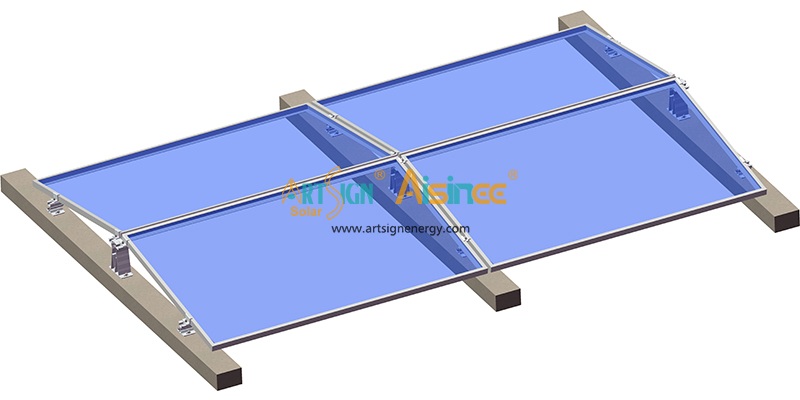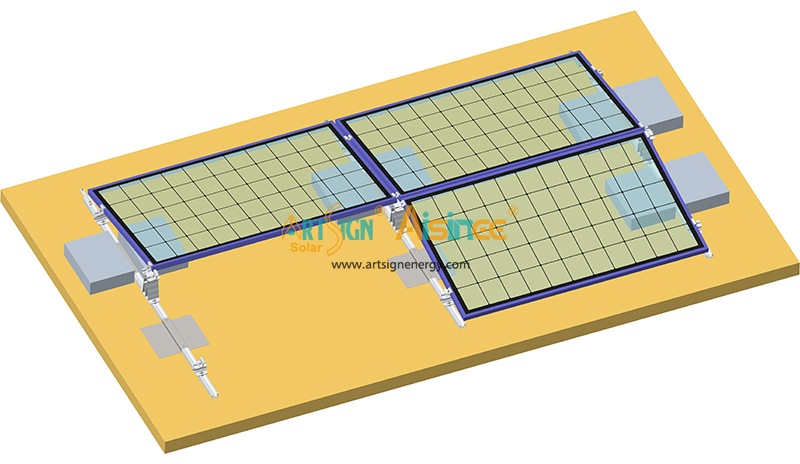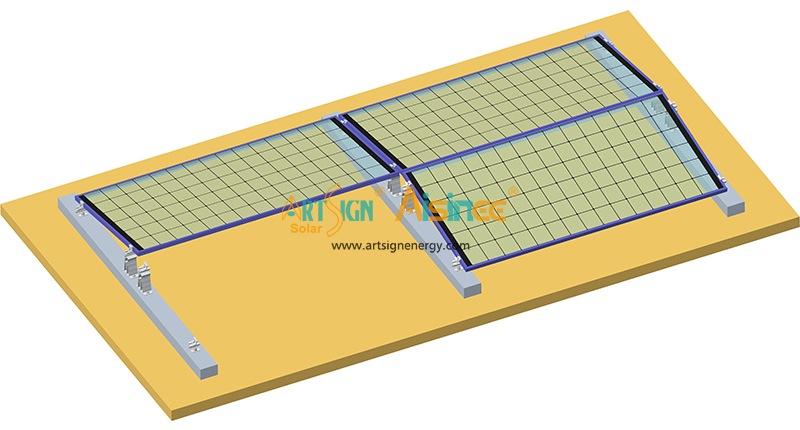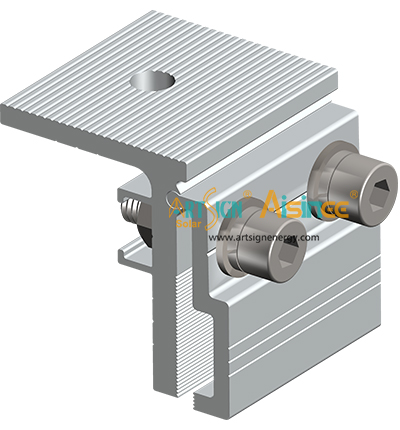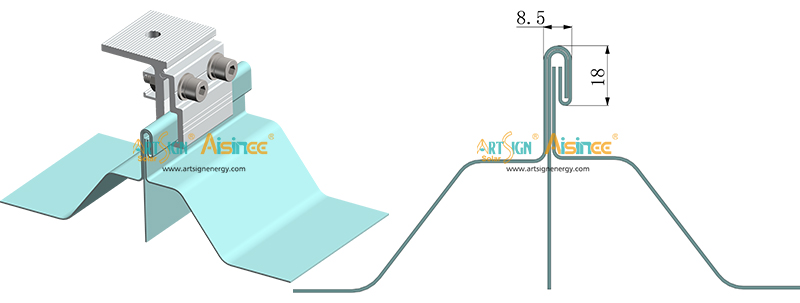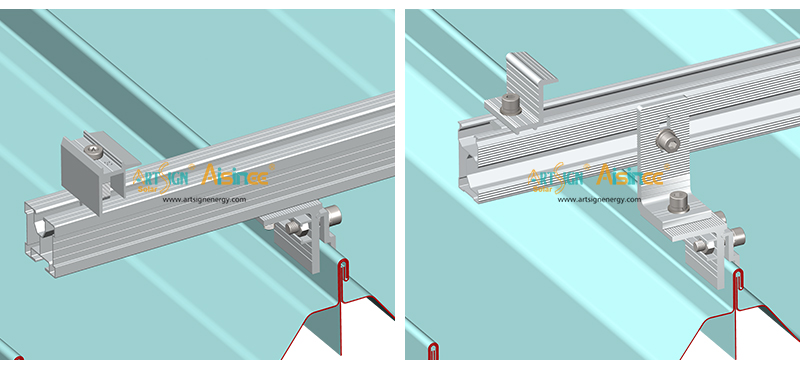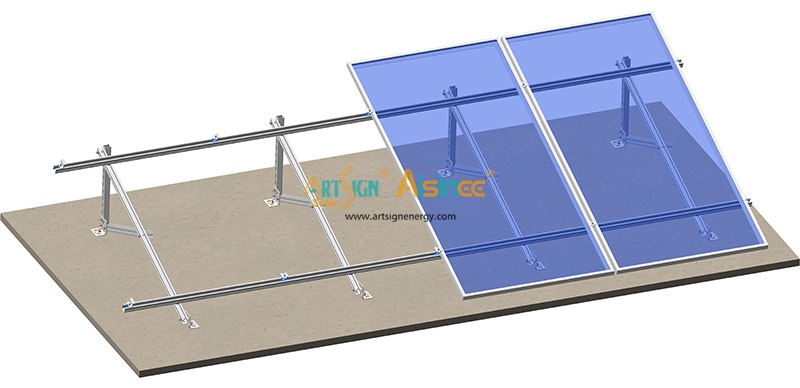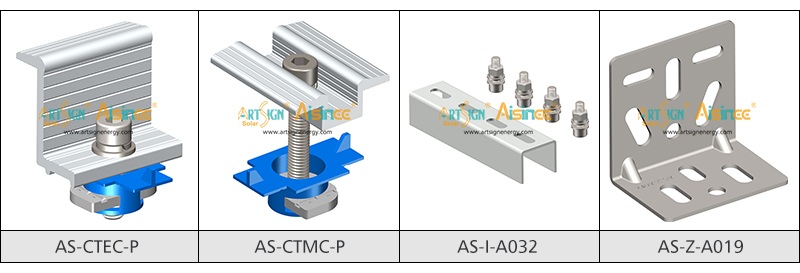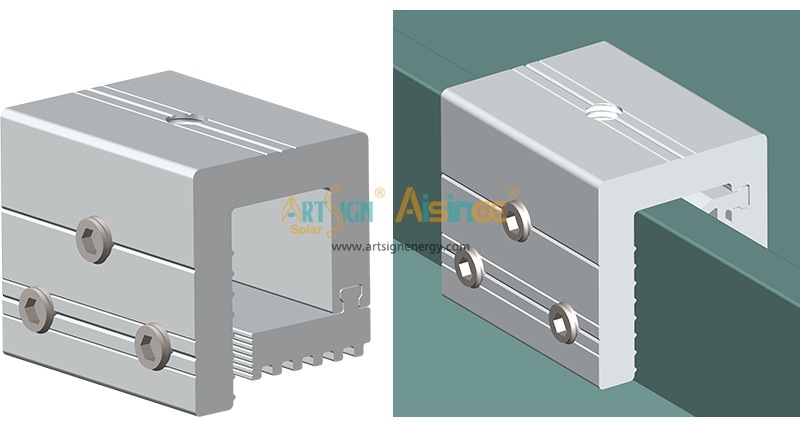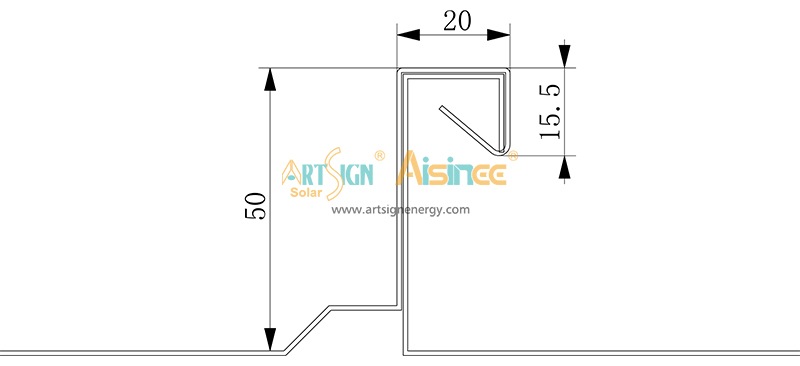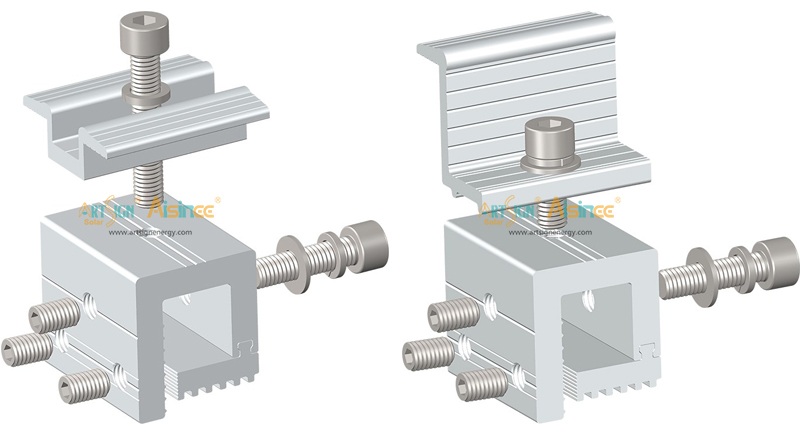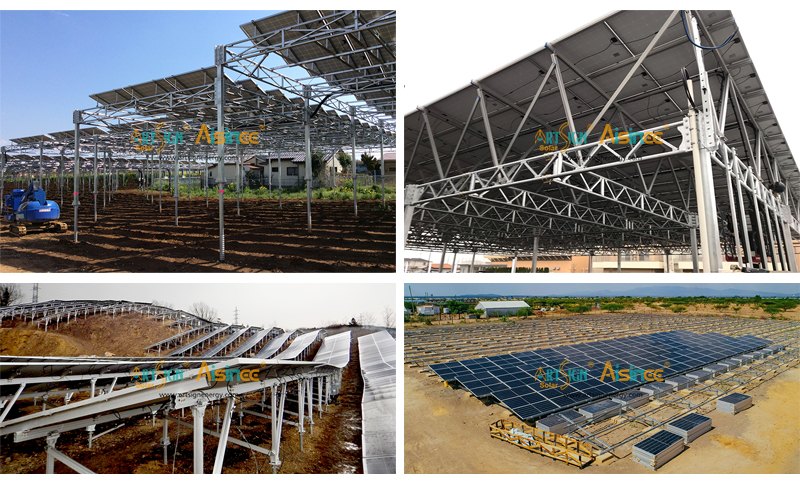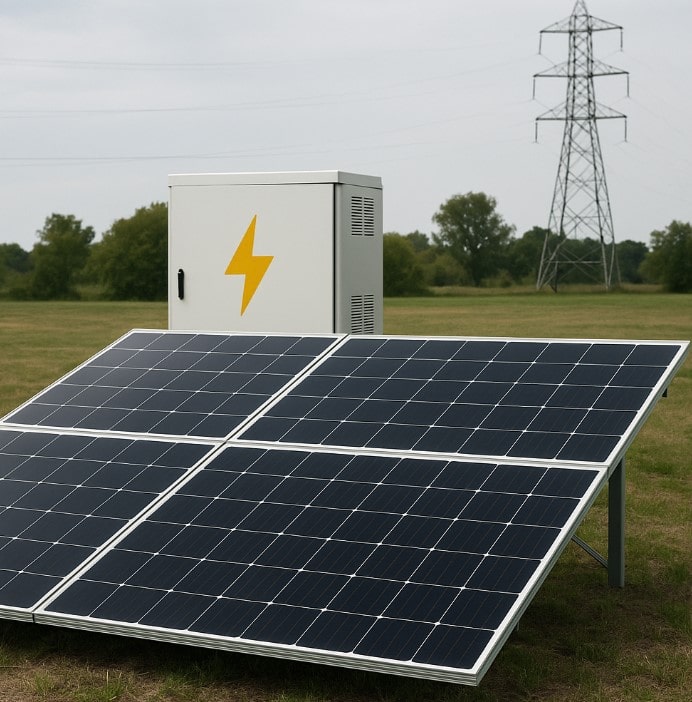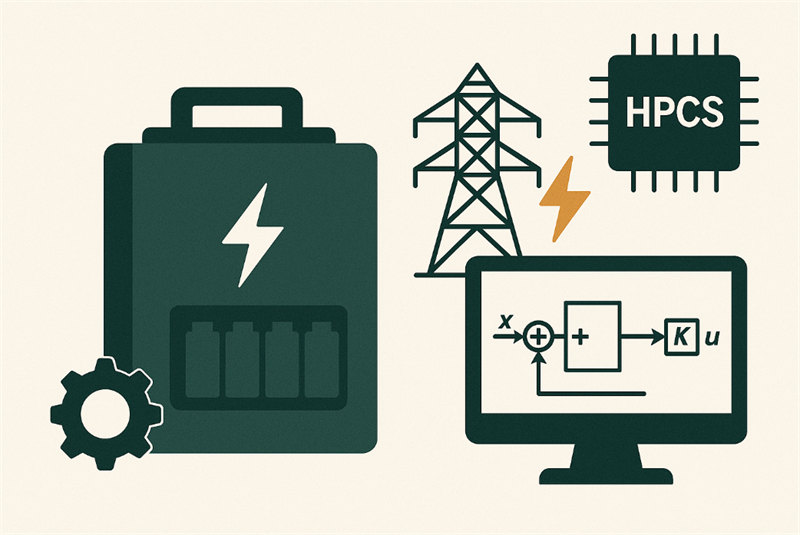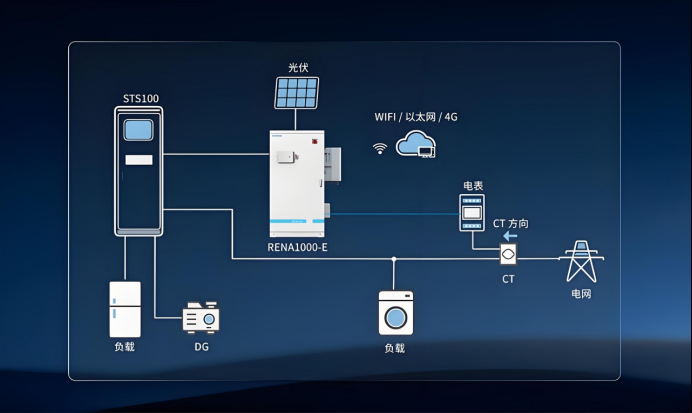Maximising Solar Ground-Mount Racking Systems|Art Sign
As the demand for renewable energy continues to surge worldwide, ground-mount solar systems have become the backbone of utility-scale and commercial projects. For developers and EPC contractors, choosing a reliable and high-performance mounting system is key to ensuring long-term stability, safety, and energy yield.
Art Sign, a professional solar mounting system manufacturer and exporter, delivers advanced ground-mount racking solutions engineered for diverse global environments. With years of manufacturing experience and technical expertise, we help customers build solar projects that are both cost-effective and durable.
Ground-mounted PV systems are widely chosen for their flexibility, scalability, and long service life. They can be deployed on varied terrain—from open fields to industrial zones—and can support projects ranging from small installations to multi-megawatt solar farms.
Key benefits include:
- Scalable design adaptable to different project sizes.
- Optimal tilt angles to maximise solar power generation.
- Easy maintenance and accessibility for cleaning and inspection.
- Extended service life through corrosion-resistant materials and precision engineering.
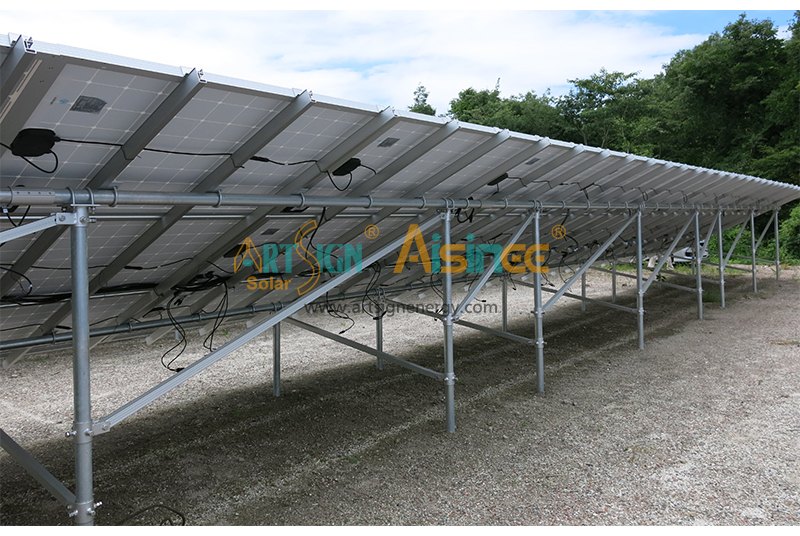
2. Engineering Excellence: Built for Stability and Efficiency
Every Art Sign mounting system is developed with a focus on structural reliability, cost efficiency, and ease of installation.
- High structural strength: Optimised through advanced mechanical analysis to withstand wind and snow loads.
- Superior corrosion protection: Galvanised steel and aluminium materials ensure long-term durability even in harsh conditions.
- Pre-assembled components: Simplify on-site installation and reduce labour costs.
- Universal compatibility: Fits framed, frameless, and bifacial modules used in different markets.
- Quality assurance: Systems are tested and certified under international standards such as ISO, CE, and TUV.
3. Diverse Ground-Mount Options for Different Applications
Art Sign offers a full range of ground-mount racking systems tailored to different terrains and project requirements:
- Pile-driven systems for large-scale open-field installations.
- Ballasted systems for rocky or concrete ground without penetration.
- Fixed-tilt or tracking options to balance cost, energy yield, and maintenance.
Each system can be engineered to the client’s structural and environmental specifications.
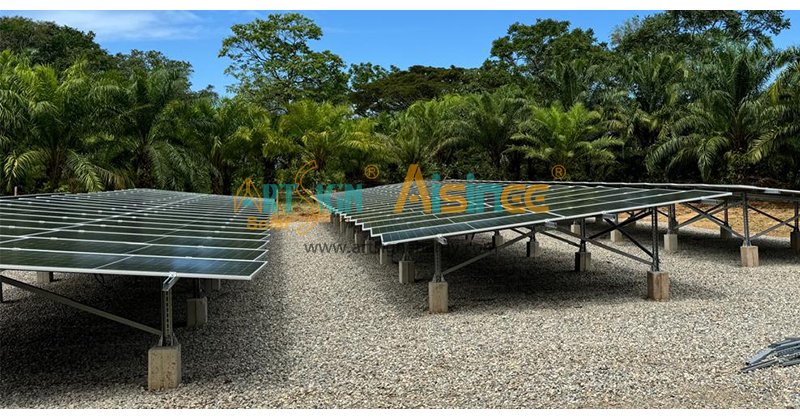
As an international exporter, Art Sign understands the importance of efficient shipping and installation. Our ground-mount systems are designed with:
- Compact packaging for lower freight costs.
- Easy assembly and clear installation manuals.
- Comprehensive technical support before, during, and after shipment.
- Customisation for regional standards, including wind and snow load requirements.
Art Sign’s ground-mount racking systems combine engineering excellence with export-ready flexibility. Whether for a utility-scale solar farm or a commercial installation, our solutions provide strength, reliability, and long-term value.
Partner with Art Sign to power the world’s transition to clean, sustainable energy — one project at a time.
Email : sales@artsign.net.cn Whatsapp/Wechat/Skype +86 180 3023 5875
